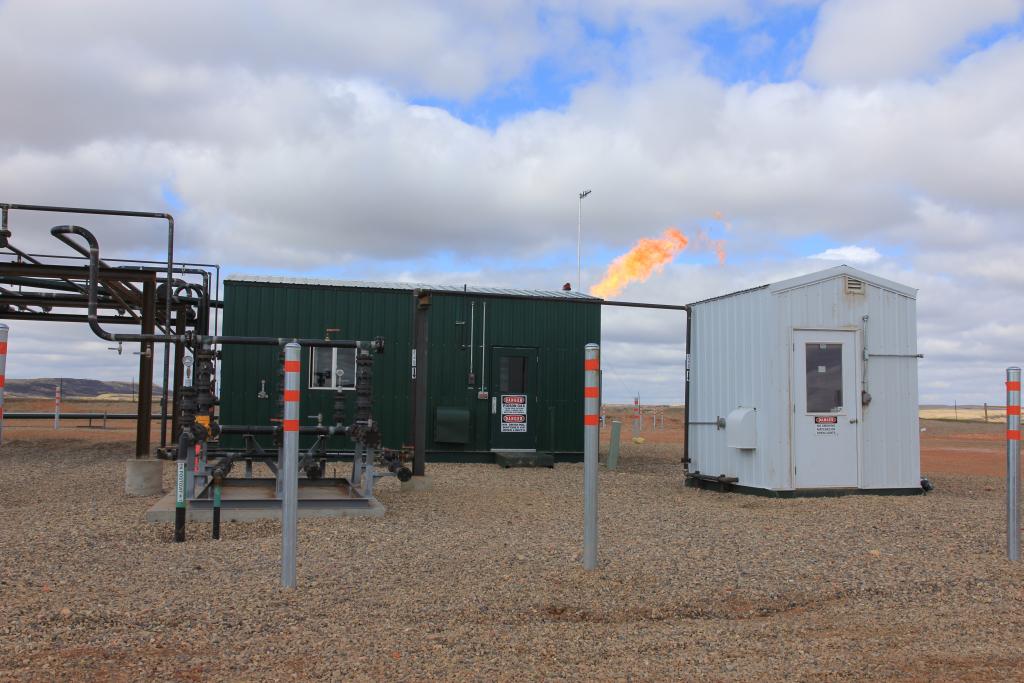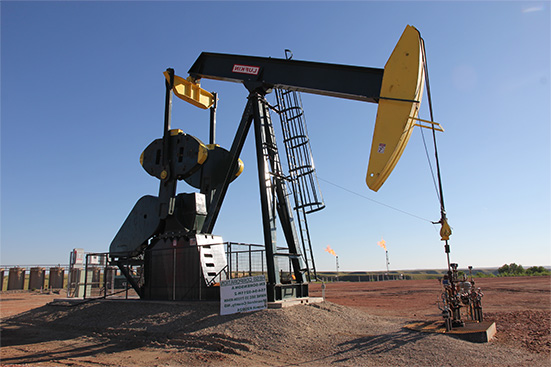
Rising costs and market swings have many investors looking for ways to protect their wealth. For qualified oil and gas investors, real asset ownership offers a time-tested way to generate steady income while helping shield against inflation. Unlike paper assets that may fluctuate with market sentiment, direct participation in oil and gas production is backed by tangible resources, making it a strategic option for those seeking long-term stability and potential growth.
Real assets such as producing wells, mineral rights, and working interests provide more than just monthly cash flow. They also have the potential to benefit from rising commodity prices over time. When combined with tax advantages and diversification beyond traditional investments, oil and gas can be a strong option for qualified investors looking for reliable performance and income protection.
What Real Asset Ownership Means for Investors
Real assets are investments tied to tangible resources. They include real estate, farmland, infrastructure, and energy production. Unlike stocks or bonds, real assets are backed by physical value. Oil and gas working interests are a unique example. When investors participate in these projects, they own a share of the production. This ownership delivers both direct exposure to energy markets and income potential as wells move into production.
For qualified investors working with DW Energy Group, ownership means participating in carefully selected U.S. drilling and production projects. As a non-operating company, DW handles all the evaluation, operator partnerships, and management so investors can focus on the benefits of ownership without the burden of daily operations.
How real assets deliver passive income
One of the main advantages of real asset ownership is passive income. Once an oil or gas well begins producing, investors may receive distributions based on their share of revenues after costs. These payments are typically monthly or quarterly, creating a steady cash flow.
This structure is central to DW Energy’s mission to provide long-term monthly income for qualified investors while also supporting U.S. energy independence. With production backed by strong domestic demand and exports, passive income from oil and gas ownership becomes a reliable component of an investor’s portfolio.
Inflation Protection Through Energy Ownership
Inflation erodes the purchasing power of money, but certain assets rise in value as prices climb. Energy is one of them. Oil and natural gas are core inputs in almost every sector of the economy. When costs rise broadly, energy prices often rise too.
The U.S. Energy Information Administration (EIA) reported that natural gas made up about 38 percent of U.S. energy production in 2024, a record level. The EIA also projects that U.S. crude oil production will average 13.4 million barrels per day in 2025, with peaks approaching 13.6 million barrels per day. These figures highlight the strength of U.S. energy output and the ongoing demand that underpins it.
For investors, this means that when inflation pressures push energy prices higher, the value of production rises too. Real asset ownership in oil and gas becomes a natural hedge against inflation, protecting wealth while generating income.
Contact DW Energy
Want to learn more about oil & gas investing? Our expert team can provide you with more information or schedule a consultation to talk about diversifying your investment portfolio.

Tax Advantages that Enhance Returns
Beyond income and inflation protection, U.S. tax rules provide further benefits for qualified oil and gas investors.
- Intangible Drilling Costs (IDCs). These expenses, such as labor and site preparation, can often be deducted in the year they occur. This deduction may amount to 60 to 80 percent of the initial investment.
- Percentage depletion. Investors may also deduct up to 15 percent of gross income from production each year, subject to IRS limits.
- Tangible drilling costs. Equipment and well materials can be depreciated over several years, adding more relief.
These tax advantages reduce taxable income and improve after-tax returns, making real asset ownership even more attractive.
Diversification and Portfolio Balance
Adding oil and gas ownership to a portfolio creates balance. Real assets behave differently from paper assets. They are less tied to daily swings in the stock market and offer exposure to industries that run on tangible production.
The EIA projects that oil and natural gas will continue to play a key role in meeting U.S. energy needs through 2050. This long-term demand provides stability that supports diversification. For investors, it means owning assets that both generate cash flow and hold value over decades.
DW Energy’s Role in Making Ownership Simple
Since 2008, DW Energy Group has connected qualified investors with oil and gas opportunities in Texas, Oklahoma, and North Dakota. As a non-operating exploration company, DW finds, develops, and manages partnerships with proven operators. Investors benefit from:
- Rigorous project evaluation before any opportunity is offered
- Access to high-quality domestic drilling and production projects
- Clear and consistent communication at every stage
- A culture built on honesty, accountability, and professionalism
DW Energy’s experience and focus allow investors to enjoy the benefits of real asset ownership without the complexity of managing wells themselves.
Supporting U.S. Energy Independence and Local Growth
Real asset ownership in oil and gas is not only positive for investors but also for the broader economy. The United States has been a net energy exporter since 2019, reducing reliance on foreign supply. By participating in domestic production, investors help support this independence.
DW Energy takes pride in the fact that its partnerships also create jobs and tax revenues in the communities where drilling takes place. This local impact strengthens small towns, supports schools, and contributes to long-term economic growth. For investors, it means their capital is not only working for them but also fueling progress in U.S. energy and local communities.
The Bigger Picture for Qualified Investors
For qualified and approved investors, real asset ownership offers a rare combination of benefits. It generates passive income, provides protection against inflation, and delivers meaningful tax advantages. It also diversifies portfolios and contributes to U.S. energy strength and economic growth.
DW Energy Group’s role is to make this pathway simple and transparent. With decades of combined team experience, a disciplined approach, and a focus on long-term relationships, DW has built a model that aligns investor success with the success of America’s energy future.
Real Assets as a Foundation for Investor Success
Real asset ownership in oil and gas is more than an alternative investment. It is a way for qualified oil and gas investors to protect and grow wealth. With the potential for steady income, long-term stability, and a built-in hedge against inflation, oil and gas assets offer distinct advantages that traditional investments often can’t match.
DW Energy Group has specialized in delivering these benefits since 2008. To learn more about how DW connects qualified investors to high-quality oil and gas opportunities, visit our site.
Contact dw energy
Sources
“In 2024, the United States produced more energy than ever before,” U.S. Energy Information Administration,
https://www.eia.gov/todayinenergy/detail.php?id=65445
“Short-Term Energy Outlook,” U.S. Energy Information Administration,
https://www.eia.gov/outlooks/steo/pdf/steo_full.pdf
IRS IDC Guidance, https://www.irs.gov/pub/irs-wd/1210011.pdf
“Intangible Drilling Costs (IDC): Overview and Example,” Investopedia,
https://www.investopedia.com/terms/i/intangible-drilling-costs.asp
“Percentage Depletion: Meaning, Overview, Benefits,” Investopedia,
https://www.investopedia.com/terms/p/percentage-depletion.asp
“Annual Energy Outlook 2025,” U.S. Energy Information Administration,
https://www.eia.gov/outlooks/aeo/
“The United States has been an annual net total energy exporter since 2019,” U.S. Energy Information Administration, https://www.eia.gov/energyexplained/us-energy-facts/imports-and-exports.php
